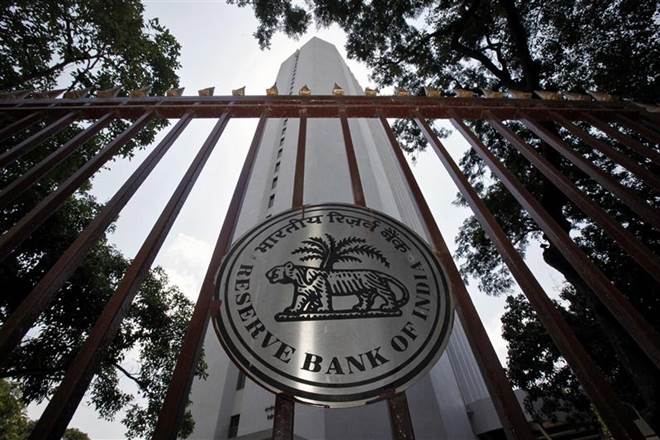Given how RBI had announced the full-scale return of cash from March, it was obvious that merchant discount rates, which were once suspended and were to be discounted by the central bank, would make a return. And indeed they have, but in a revised format. The central bank on Thursday released draft norms announcing new merchant discount rates. While there is a reduction in the rate, what RBI has done differently is that it has scrapped the notion of MDR based on transaction value and linked it to the merchant’s annual turnover. So, while previously any payment less than R2,000 would attract a 0.5% charge, under the new system, the charges would be 0.4% for merchants with an annual turnover of R20 lakh under the GST and 0.95% for those with an annual turnover of more than R20 lakh. The charges are 0.1% less if transactions are made via digital mode, i.e, IndiaQR which is set to release on Monday.
Given that small merchants were reluctant to adopt payments due to high charges, RBI has done well to revise them, but the system may not stick. For one, charges were not the only problem as the cost of purchasing a machine and maintaining it was also high. Also, even if they adopt digital modes—this eliminates the need to buy a machine as a smartphone or a QR code would do—the charges are still high as R20 lakh limit may be too low a floor for merchants. More important, given the onus is on banks to promote these modes, it would have been better had their considerations been taken into account and a compensation made for any loss in revenue. If the government wants to promote digital, it needs to make it easier for people to use it. Besides, given that there is no cost to using cash, at least for the customer, and the government is saving money if people use digital formats—the cost of cash is mostly borne by the government, RBI and banks—it could very well compensate people from the money it saves.


